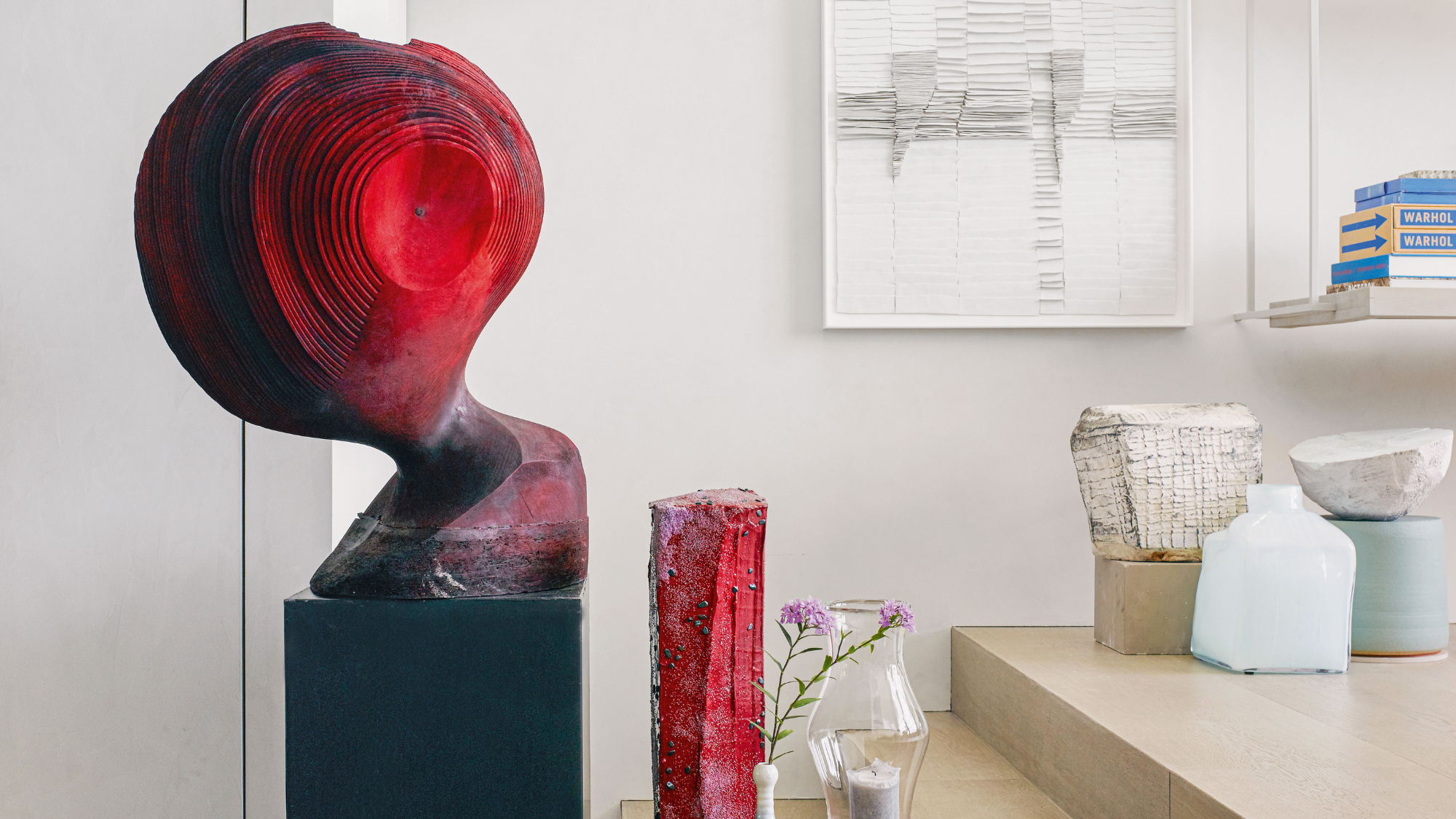
"What is sculpture?" ponders the American potter and designer Jonathan Adler. He's asking, because this once-rarefied genre has had something of an overhaul: "People are taking the idea of art off the walls, and putting it into furniture, objets, nonfunctional furniture… We’re entering into a fabulous free-for-all." What’s more, he adds, "Sculpture used to be the preserve of the wealthy, but there’s been a huge democratization and you can now get it at all price points — this is the era of the great blurring."
Indeed, more and more homes are being decorated with sculpture — and in innovative ways. More than an interior design trend, it’s actually essential with modern architecture, notes interior designer Georgia Collett, who turns to sculpture when decorating open-plan spaces with vast windows and fewer walls: "You can't hang a painting in the middle of the room in the same way." What's more, even if you do have plenty of wall space, your bookshelves probably also need filling: "The move away from physical books has opened up a huge space," says Jonathan.
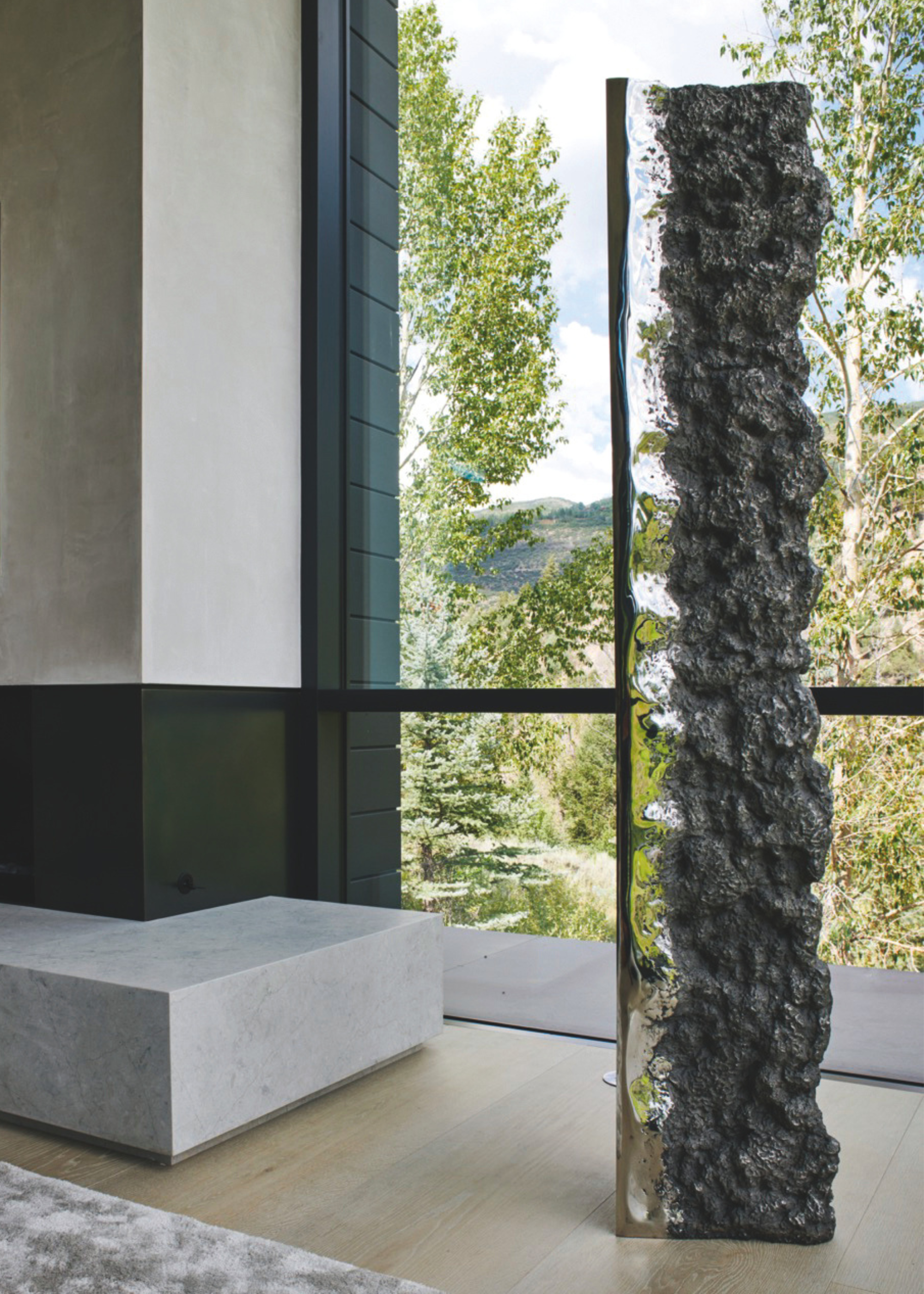
The rise of sculpture in homes is in part thanks to the fact that we can now engage directly with artists on Instagram, explains Polly Bielecka, the London gallerist and founder of online sculpture boutique Sculpture Source. "These visual platforms have helped the avant-garde become more accessible. People are now more confident to explore beyond figures and animals."
Being sculpture-literate will only raise your interiors game. "Sculpture has more presence than paintings or photography," says Hubert Zandberg, the London-based South African interior designer. "When you have to physically negotiate a sculptural piece, it demands your attention; it becomes dynamic." In addition, says Georgia, "It adds layers and texture to a room, and moves your eye around the space." And it lends an emotional dimension, says Karin Meyn of the Dutch design firm Piet Boon, "Whether it's stirring emotions, creating intrigue, or simply bringing joy. It can be a defining element of the room's ambience."
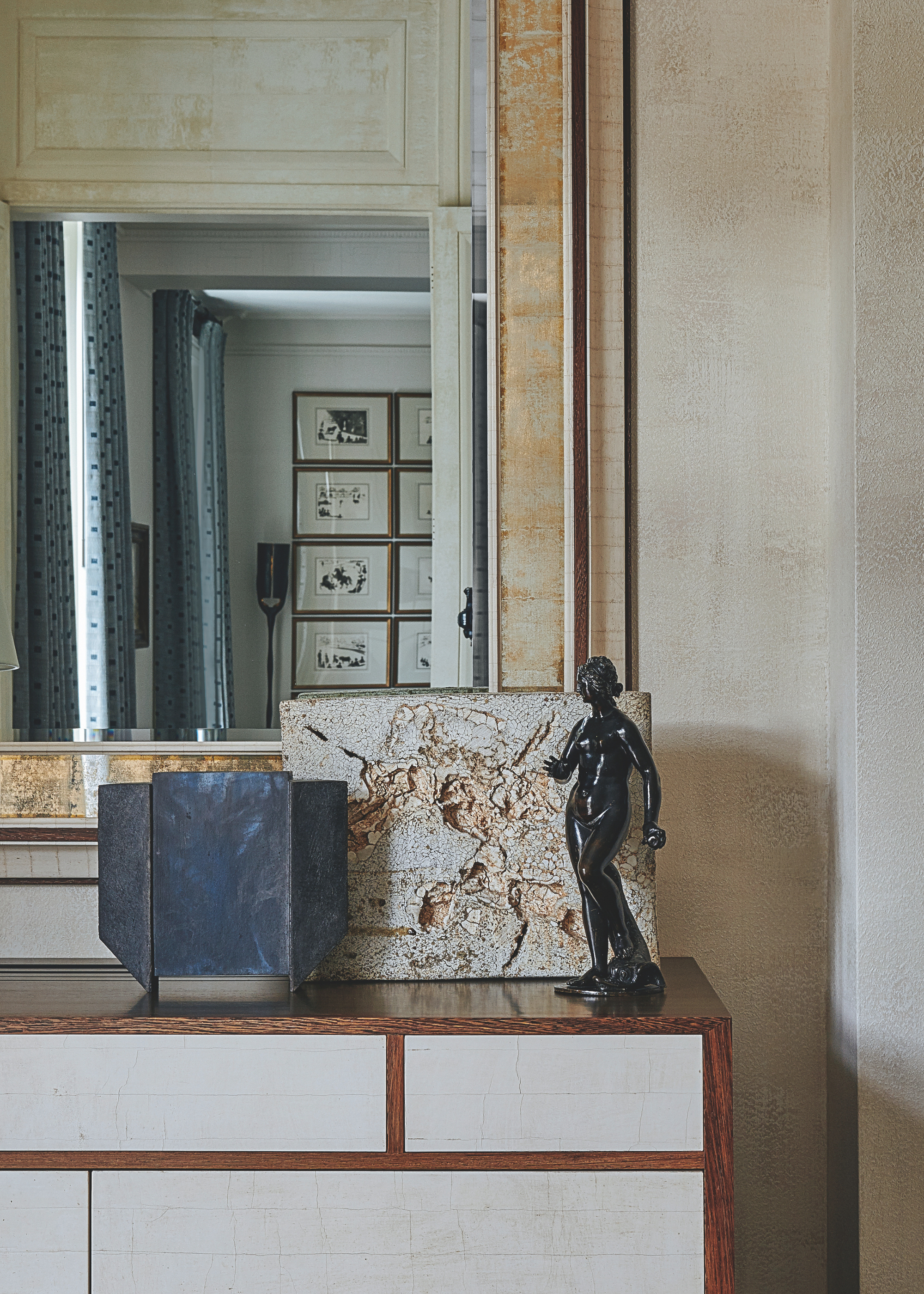
The major shift here is that sculpture "doesn't have to be 'art sculpture'," Hubert explains. It may be objets that you'd otherwise categorize as coffee table decor. "It could be a beautiful stone, a massive crystal, an enormous conch shell; it could be ceramics, or basketry, or a standing globe, or an antique urn." Meanwhile, Georgia says she’s drawn to "organic forms and materials, either taken from or inspired by nature." A tactile quality is also good, she adds: "'Hands off' feels a bit 'art gallery'." And it doesn’t need to be massive, says Polly: "There’s a misconception that sculpture must always be a luxury — it can be affordable, with smaller, shelf-sized sculptures packing a punch and bringing a lot of pleasure."
There aren’t many rules now. "I put sculptures anywhere," says Jonathan. Bathrooms, bedrooms, reception rooms… surprise your guests, he suggests. "I strive for casual insouciance, so it’s sculptures here, there, and everywhere: high, low, on a pedestal, on the floor."
Hubert recommends attaching sculptures to the wall with brackets, or toning down a statement piece with "a very classical, symmetrical placement", or toning it up with a more edgy plinth. Consider displaying vitrines on the walls, says Georgia, or grouping smaller pieces together for greater impact, or creating different heights with different-sized plinths. And get creative with the plinth, suggests Hubert, who loves Serge Roche’s 1940s consoles, as well as bespoke plinths made from marble, parchment and gypsum plaster.
Shop Plinths
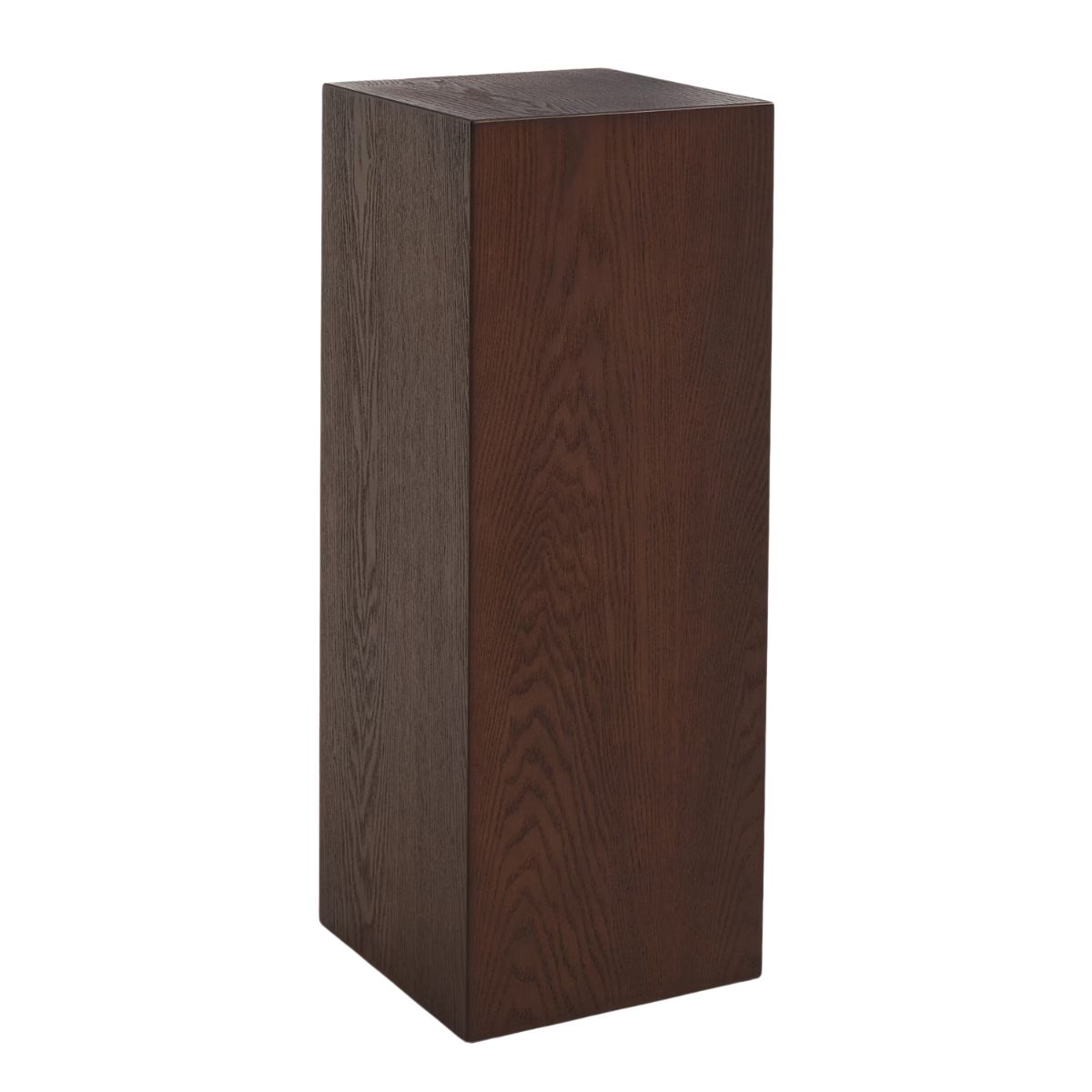
Price: £99
Simple, but with classic good looks, this H&M find is a wallet-friendly mount for your sculpture
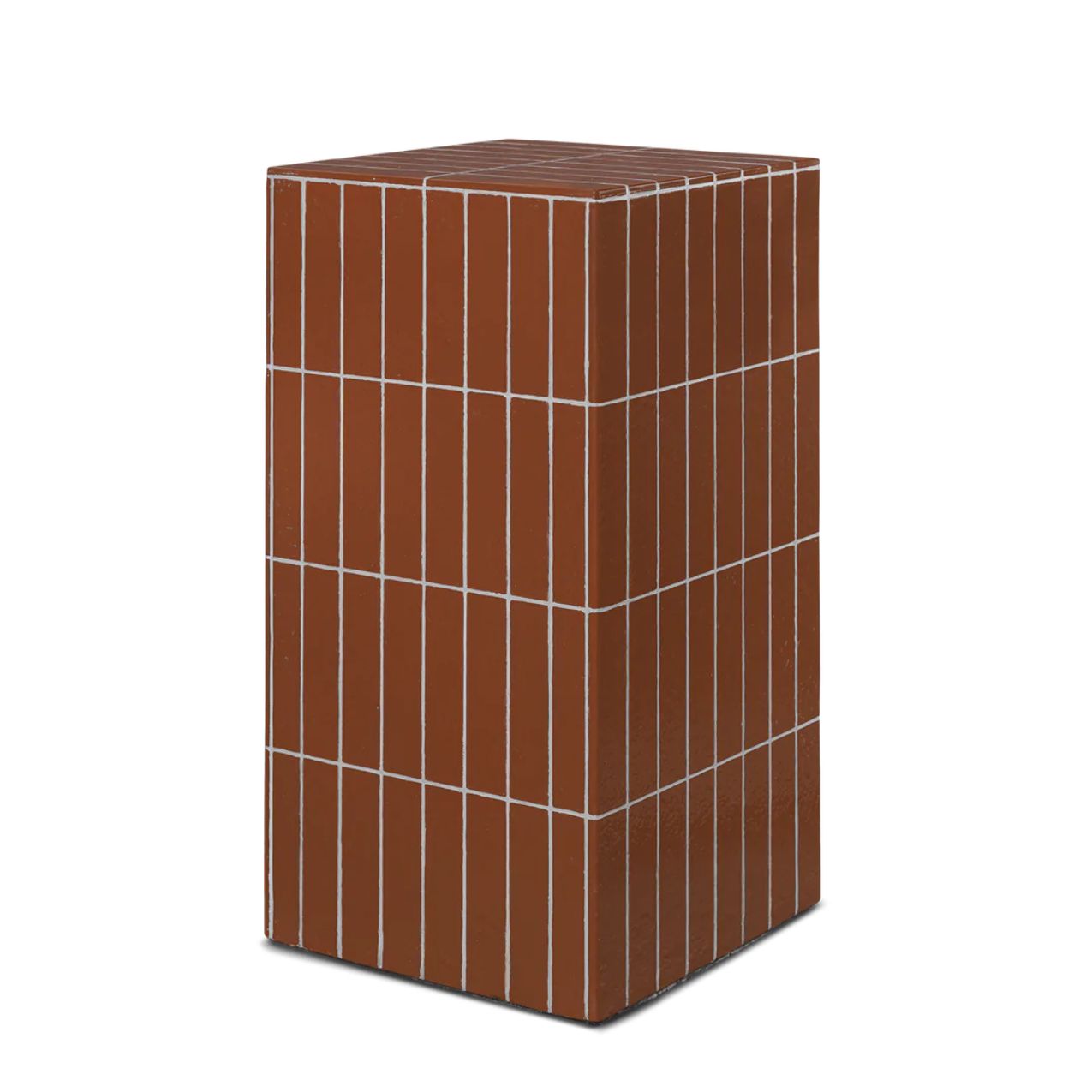
Price: £429
Engraved with a tile-like grid, this fiberglass pedestal is almost a sculpture in its own right.
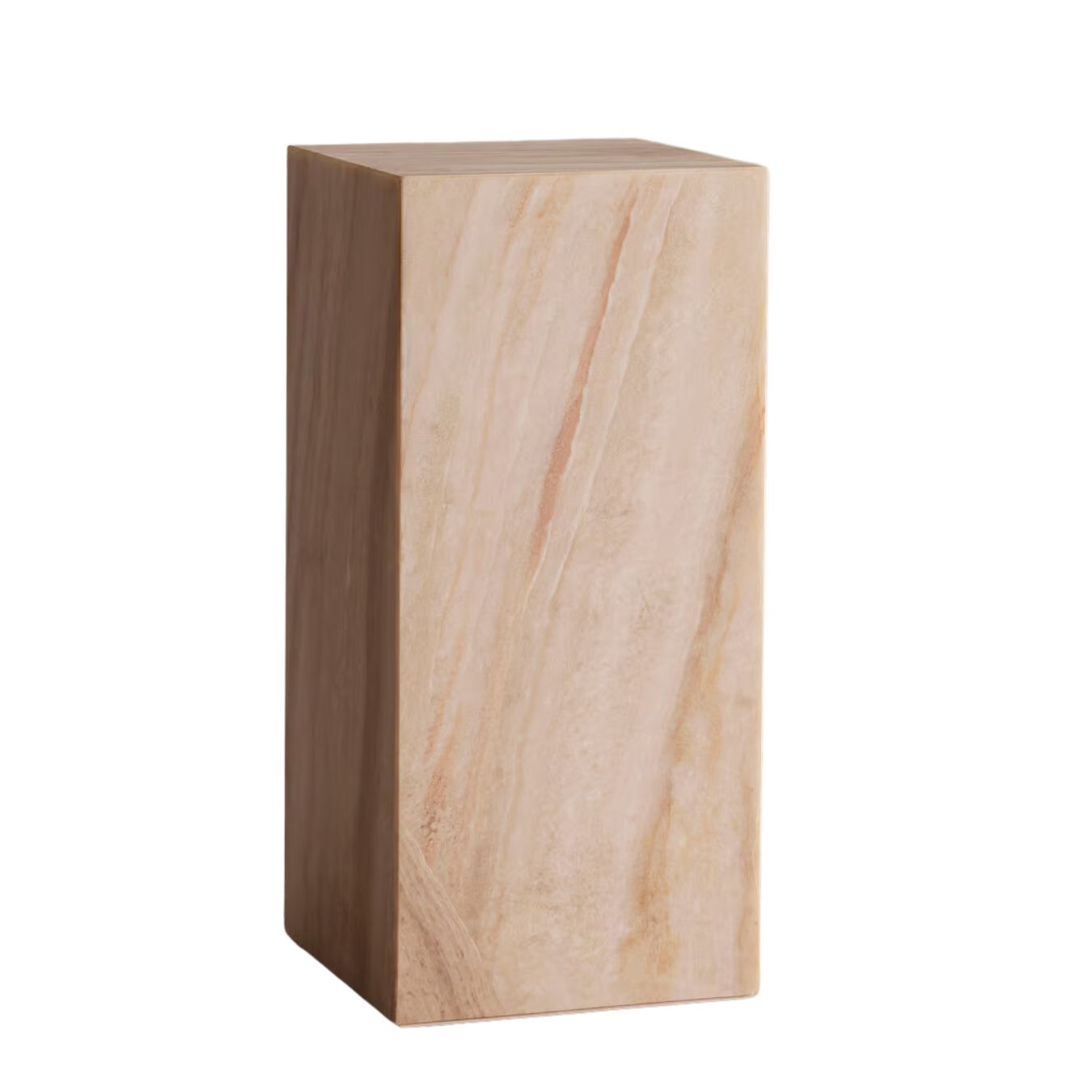
Price: From £648
Soho Home has a range of spectacular natural stone plinths that make a real statement.
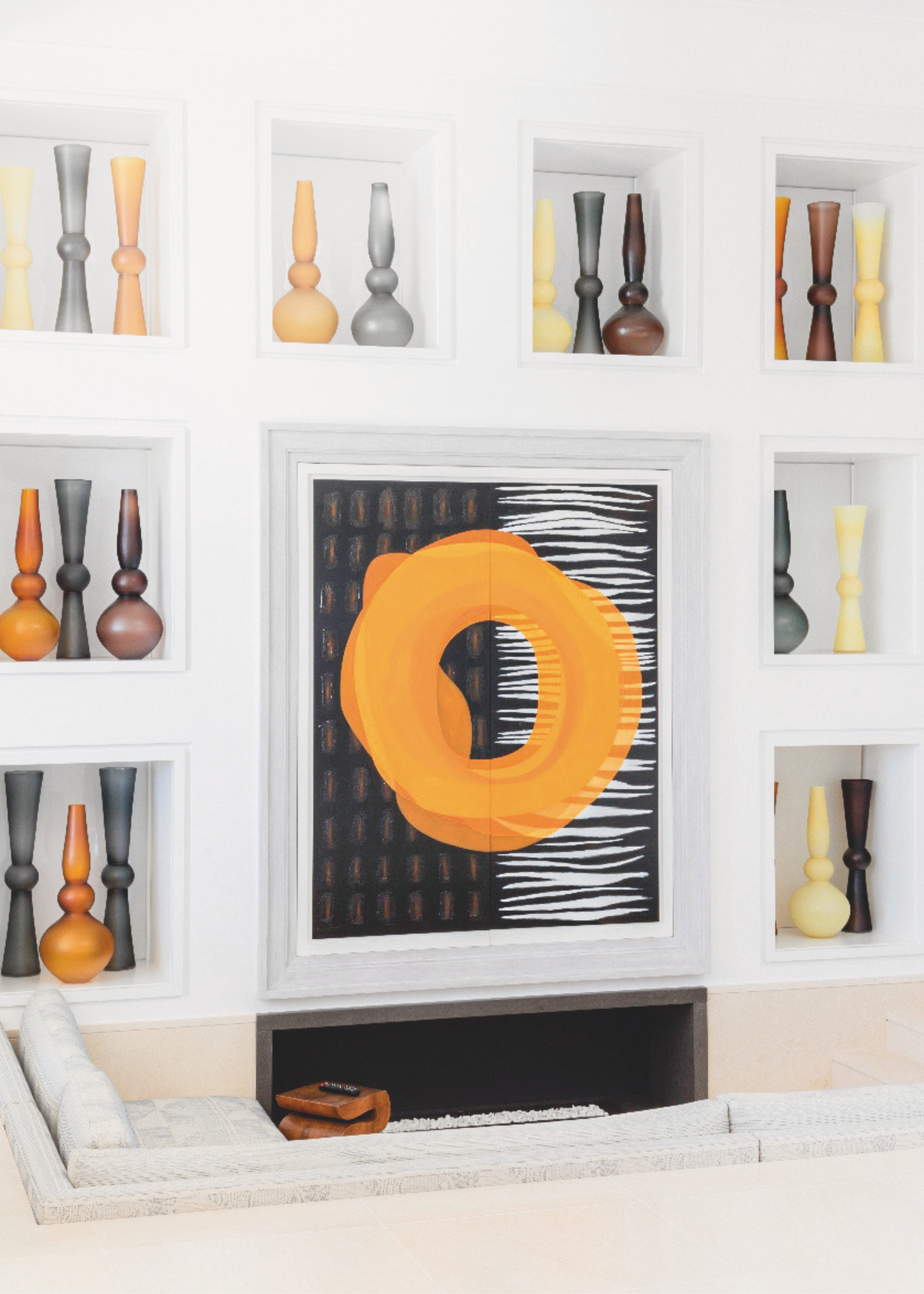
Good lighting is critical. "Your art is the focal point," says Polly, "so it needs to be well-lit." How to do that is a matter of taste: "Strive for a variety of light sources, high and low," advises Jonathan, suggesting using accent lighting for your sculptures. "An up spotlight creates a real moment of drama."
Hubert, however, is a fan of daylight: "If you have one chance to see the Mona Lisa, then you’ll want to see it in an optimal light. But if you have the luxury of living with art, then it wants to be seen in the morning, in the evening, in strong sunlight, by candlelight. [Artificial] lighting can actually give sculpture quite a strange shadow."
Of course, the hardest part is choosing the sculpture itself. "Get to know the artist and see what else they make," advises Polly. "Ultimately, buy what speaks to you — if you’re still thinking about it a few months later then it’s had an impact."
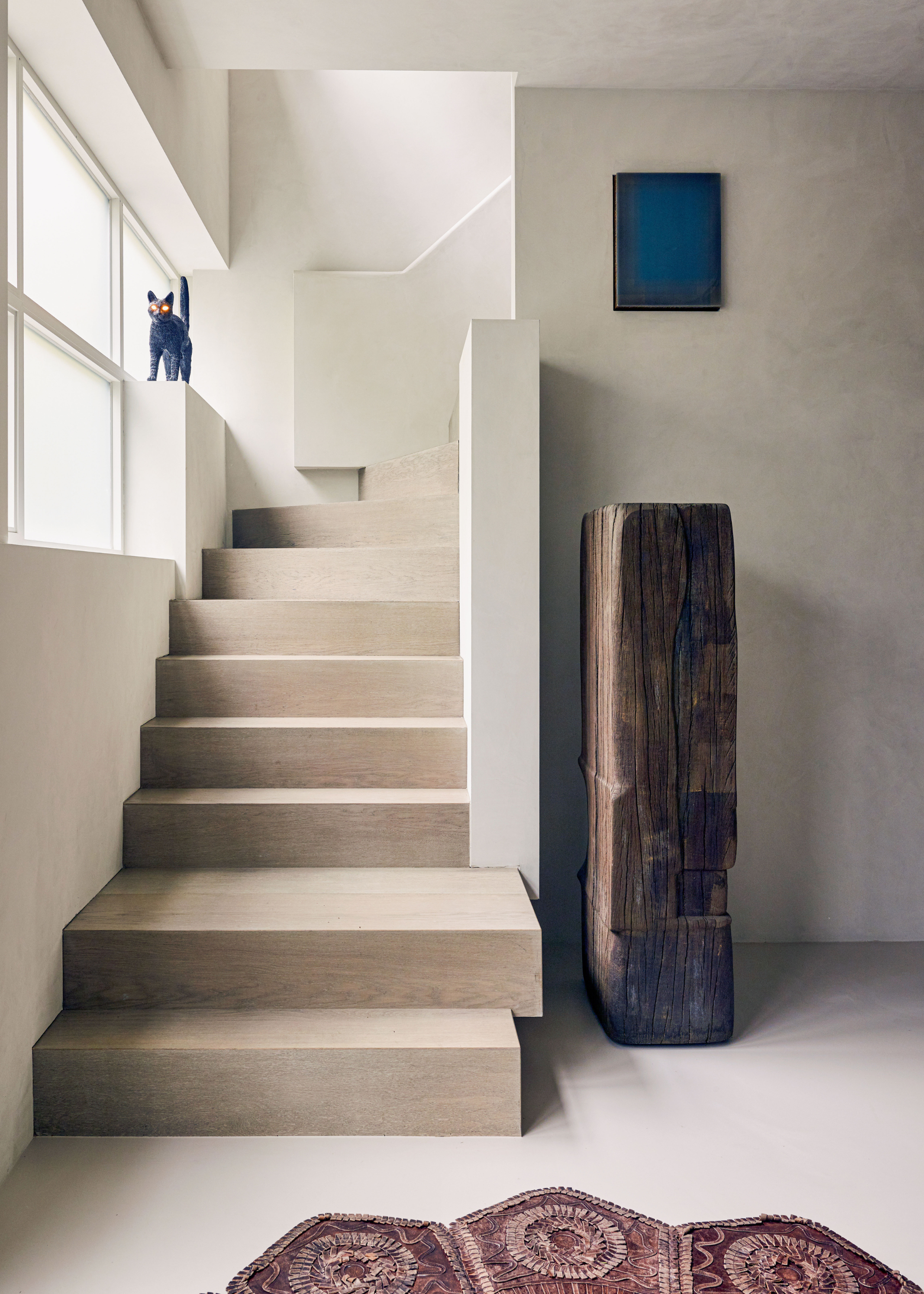
THE BEST SPOTS TO BUY SCULPTURE
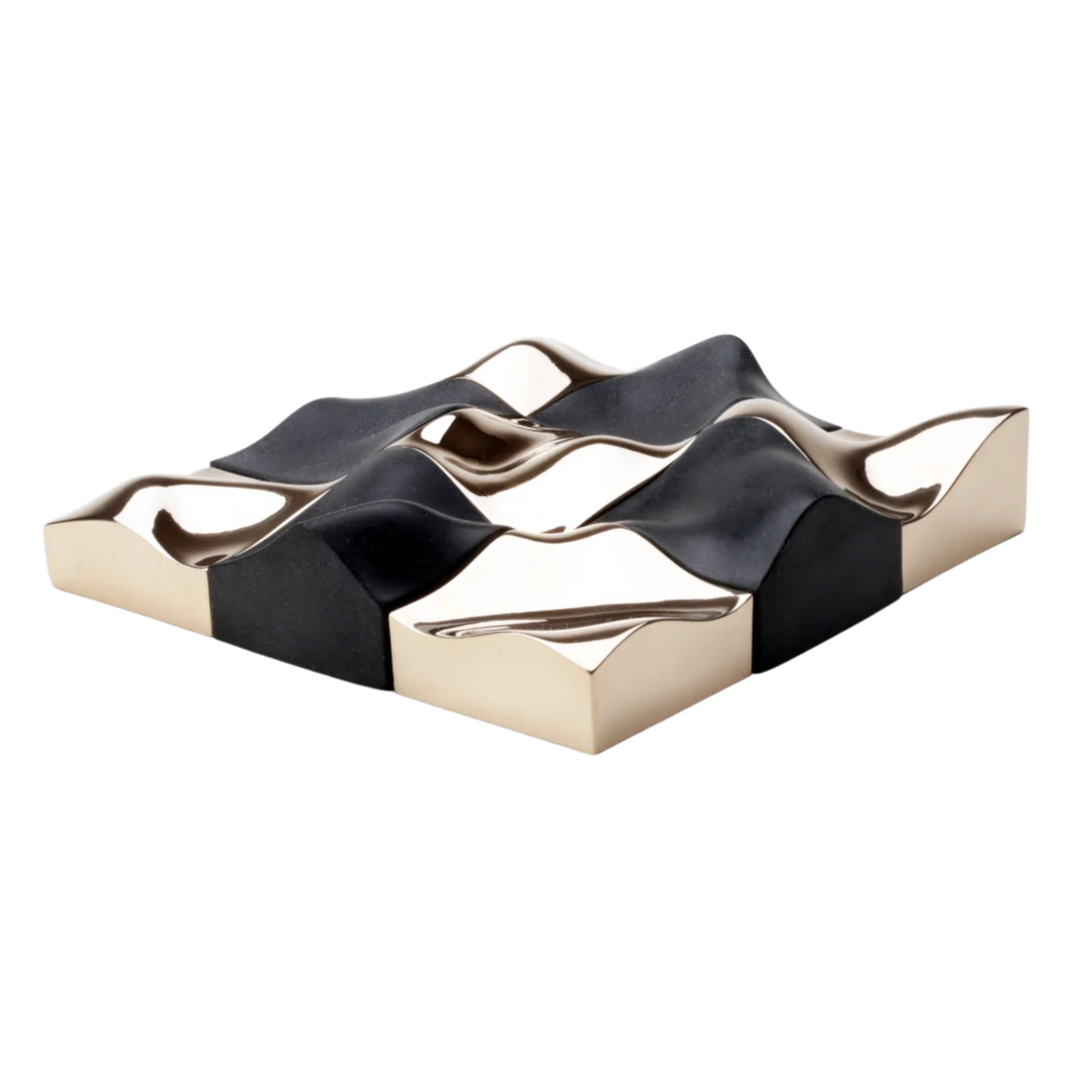
Launched in October 2023, this online platform features more than 50 different sculptors, as well as helpful search criteria, for example, for walls, niches, shelves, and tabletops.
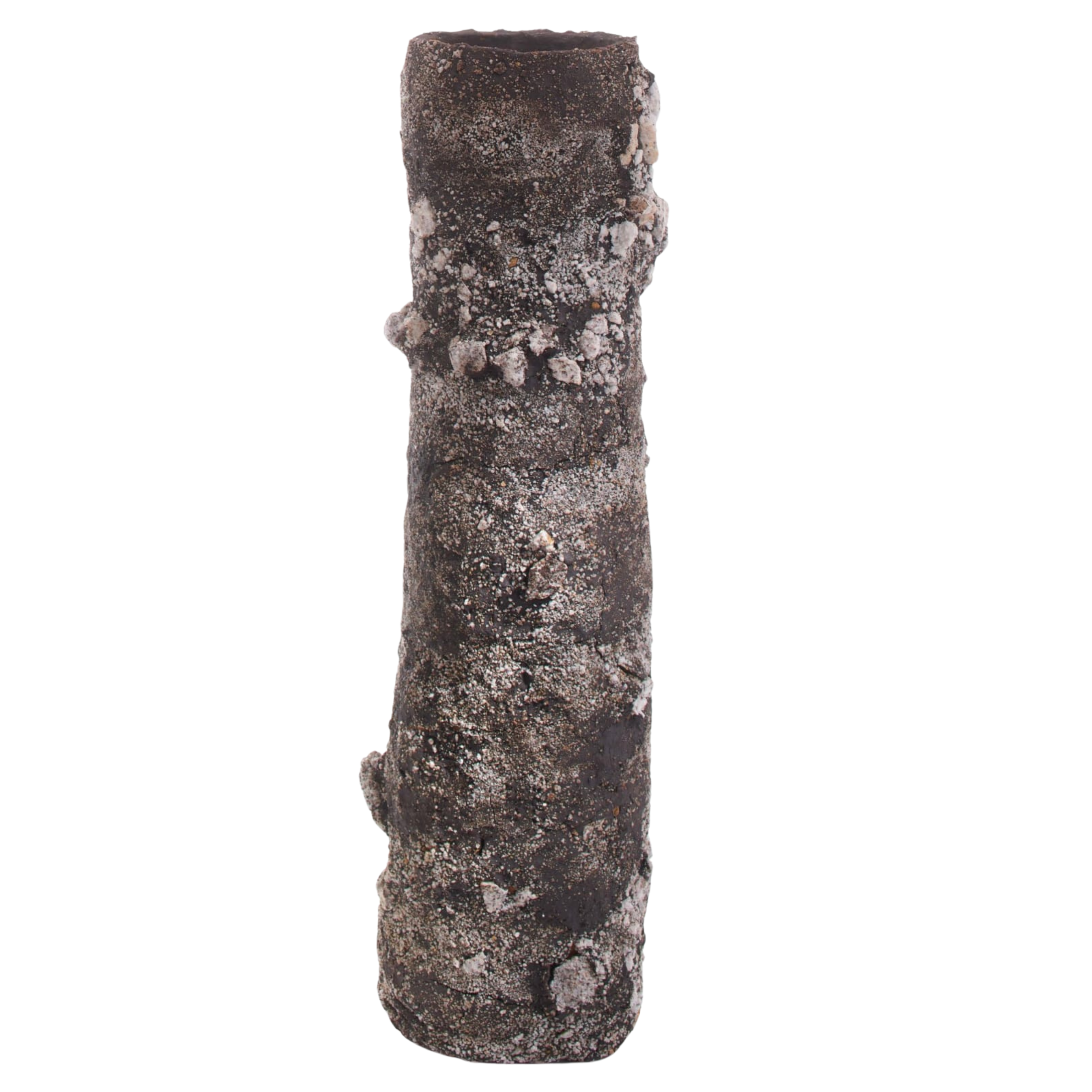
After a recent relocation to Mayfair, this gallery has elevated craft into fine art, with its artists focusing on natural materials.
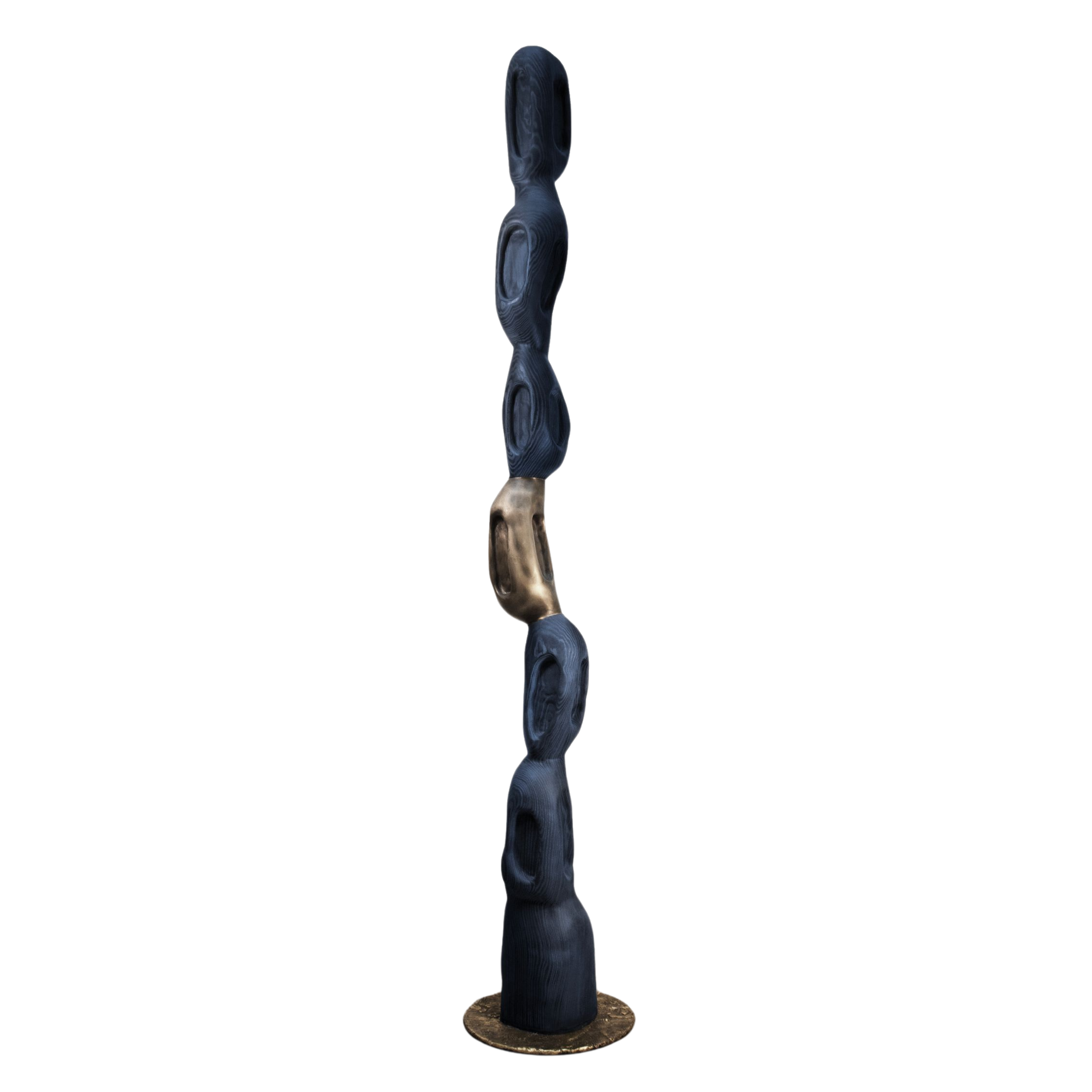
This contemporary design gallery in Mayfair hosts emerging and established designers renowned for pushing materials to their limits.







